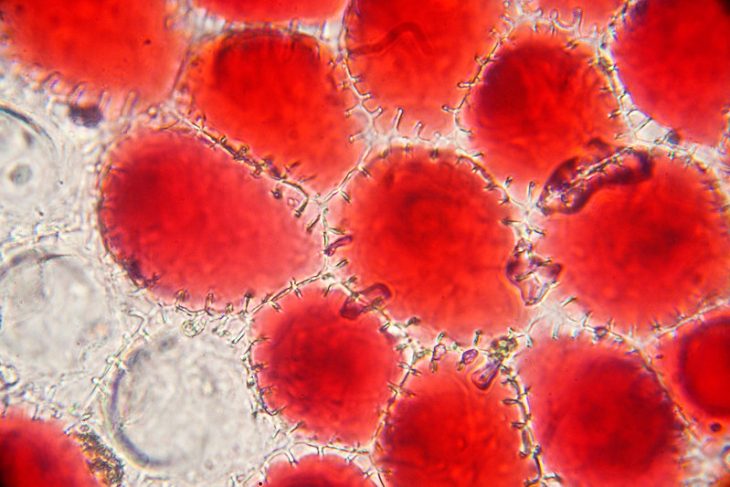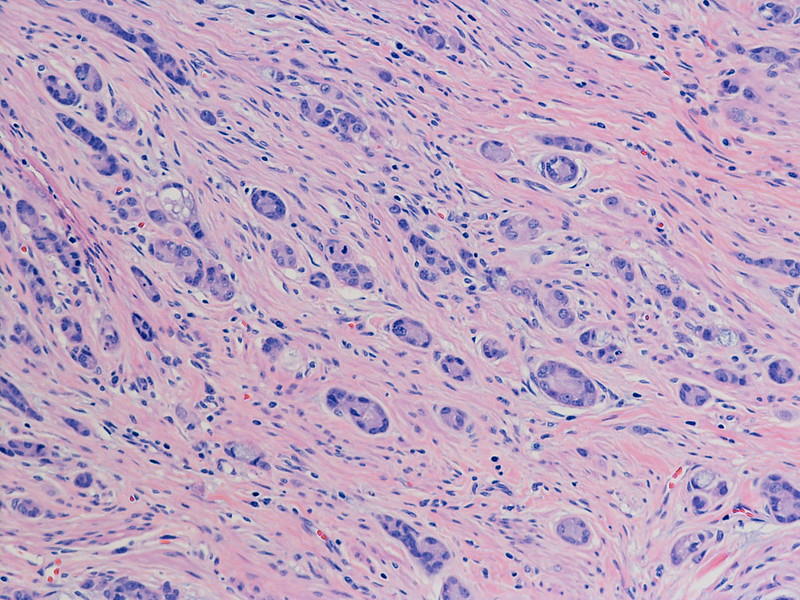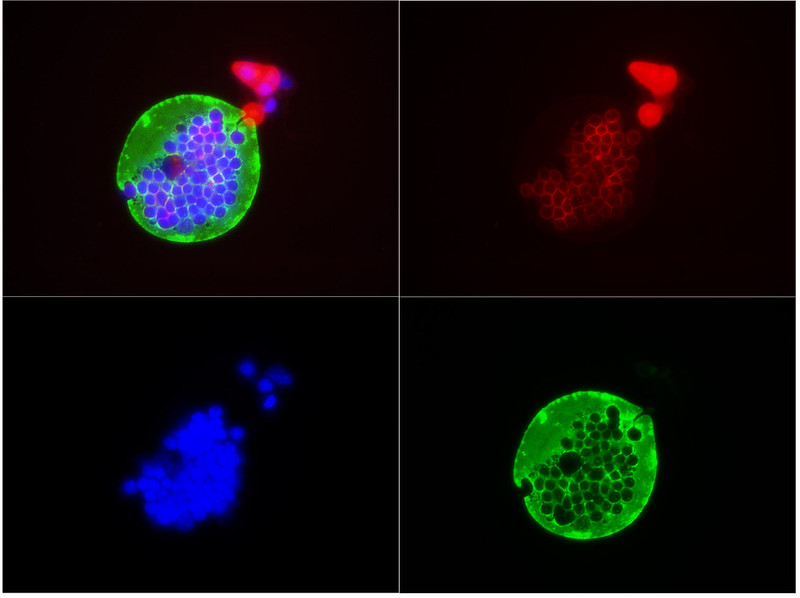
Cells: the fundamental building blocks of life. Whether it is a human, an animal, a tree, or bacteria, all living organisms are composed of cells. But what exactly are cells, and what role do they play in life as we know it? Here, we will explore 18 fascinating facts about cells to give you a deeper understanding of these microscopic powerhouses.
The Discovery of Cells
The existence of cells was first discovered in 1665 by English scientist Robert Hooke. He observed the cell walls in a thin slice of cork and named them “cells” because they reminded him of the small rooms that monks lived in, also known as cells.
Types of Cells
There are two primary types of cells: prokaryotic and eukaryotic. Prokaryotic cells, such as bacteria, are simpler and smaller. They lack a nucleus and other organelles. Eukaryotic cells, which are found in plants, animals, and humans, are larger and contain a nucleus and various organelles.
Cell Size
Cells are incredibly small. Most are invisible to the naked eye, requiring a microscope to see. The sizes of cells can vary, but on average, they range from 1 to 100 micrometres in diameter.
Cell Structure
Every cell is enclosed by a cell membrane, which controls what enters and leaves the cell. Eukaryotic cells also have a nucleus, which houses the cell’s genetic material, and various other organelles, each with their own specific functions.

Number of Cells in the Human Body
It’s estimated that the human body consists of approximately 37.2 trillion cells. This number varies between individuals and changes over time due to the constant process of cell division and cell death.
Cell Division
Cells reproduce through a process called cell division. In eukaryotic cells, this involves DNA replication, segregation of the replicated chromosomes into two sets, and division of the cell into two new cells. This process is essential for growth, repair, and reproduction in organisms.
Mitochondria: The Powerhouse of the Cell
Mitochondria are organelles often referred to as the “powerhouses” of the cell. They generate most of the cell’s supply of adenosine triphosphate (ATP), which is used as a source of chemical energy.
Cells and DNA
Each cell in your body (with a few exceptions like red blood cells) contains all of your DNA. This DNA holds the instructions for every protein and ultimately every function in your body.
Stem Cells
Stem cells are unique cells that have the potential to develop into many different cell types in the body. They serve as a sort of repair system, dividing without limit to replenish other cells.
Cell Lifespan
Cells have varying lifespans, depending on their type. Some cells, like human skin cells, have a lifespan of about two weeks. Other cells, like nerve cells or brain cells, can last a lifetime.
Cells Communication
Cells communicate with each other through chemical signals. These signals can coordinate actions among a group of cells, such as during an immune response or the process of tissue repair.
Cell Waste
Just like humans, cells also produce waste products that need to be removed. These waste products are often broken down in the lysosomes, which are a specific organelle within the cell, or expelled from the cell entirely.
Cell Specialization
Cells can become specialized to perform certain tasks. This process, known as cell differentiation, allows cells to take on specific roles such as muscle cells, nerve cells, or blood cells.
Cells and Energy
Cells need energy to carry out their functions. They acquire energy through the food we eat. This energy is then converted into ATP, the cell’s primary energy currency, through the process of cellular respiration.
Cell Movement
Some cells, like sperm cells in animals or white blood cells in the immune system, are capable of movement. These cells often use structures like flagella (long, whip-like extensions) or pseudopods (temporary bulges) to move.

Cells and Aging
Aging at a cellular level involves a range of changes, including DNA damage, oxidative stress, and telomere shortening. These changes can affect cell function and lifespan, contributing to the overall aging process.
Largest Cell
The largest cell in the world is the ostrich egg, which can grow up to more than 15 cm in diameter! However, if we are considering cells within the human body, then the egg (or ovum) is the largest. It measures about 0.1 mm in diameter.
Smallest Cell
The smallest cells are believed to be certain types of bacteria such as Mycoplasma genitalium, which have a diameter of approximately 200 nanometers. In the human body, the sperm cell is often thought to be the smallest cell.
Conclusion
Cells are truly fascinating. They form the foundation of all life, from the smallest bacteria to the largest animals. They carry out an array of essential functions, communicate with each other, and even have their own lifespans. By understanding these 18 facts about cells, we can better appreciate the intricate complexity of life at its smallest scale.
Was this page helpful?
Our commitment to delivering trustworthy and engaging content is at the heart of what we do. Each fact on our site is contributed by real users like you, bringing a wealth of diverse insights and information. To ensure the highest standards of accuracy and reliability, our dedicated editors meticulously review each submission. This process guarantees that the facts we share are not only fascinating but also credible. Trust in our commitment to quality and authenticity as you explore and learn with us.
